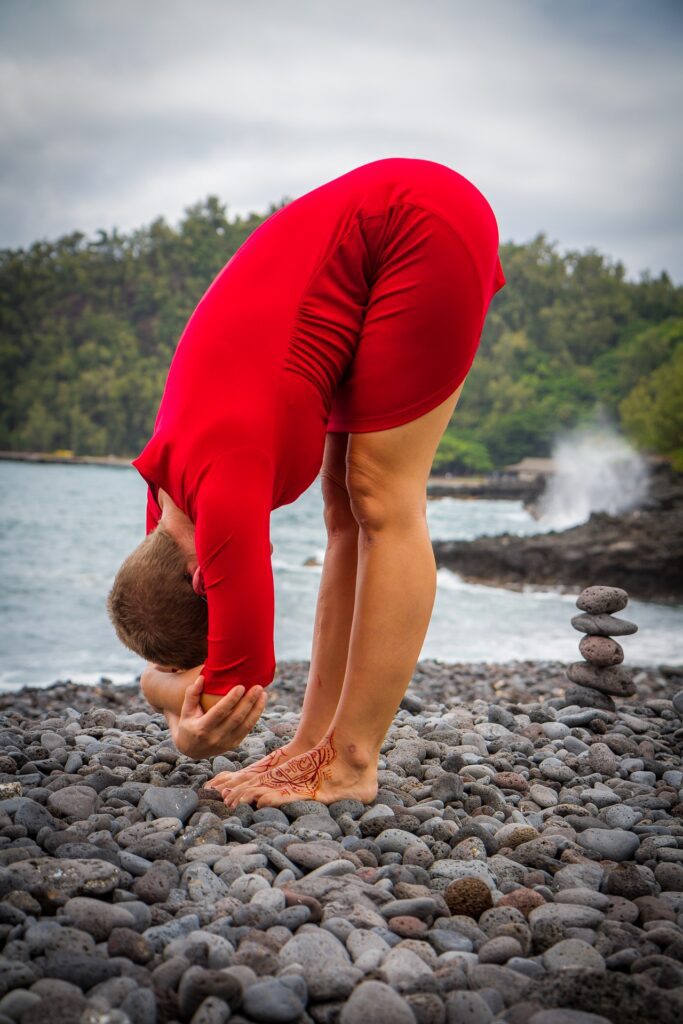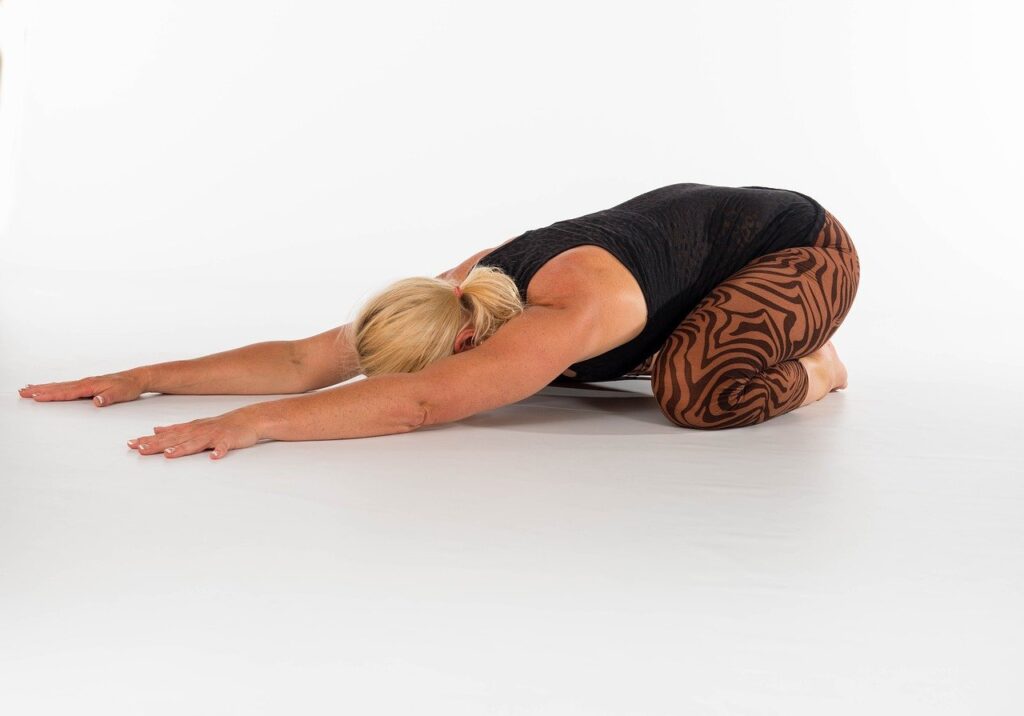Benefits of Yoga
Yoga provides a healthy outlet for stress and is an accessible way to incorporate exercise and movement throughout your day. Many studies have shown that yoga can improve both mental and physical health. Yoga can be practiced at any time of day. Because this practice has been shown to increase physical energy and mental alertness, incorporating a short yoga practice, particularly in the morning, can help people of all ages to feel energized and ready to take on the day.
It is important to remember that not all bodies are made the same. For some yoga positions, what may feel good for one individual may not feel as comfortable or as fulfilling for another. Mindfulness, which includes focusing on how the body and mind feel in the present moment, is an integral part of yoga. Listen to your body while following this routine and adjust positions as needed, especially if a position is causing you physical pain.
Even five to ten minutes of moving your body in the morning can make a difference. Exercise broken up throughout the day adds up for preventative health and lowers the risk for obesity.
For each yoga pose, you can choose how long you would like to stay in it.
Quick Morning Practice
- Start off in mountain pose. To start, stand with your feet either placed together or hip-width apart. Relax your face muscles, shoulders, and spread your fingers out gently. Hold your hands out to your sides, palms facing out. Take several deep breaths in and out. It is okay for your thoughts to wander – just remember to come back to the sound of your breath.

- Next reach your hands up toward the sky so that your arms are up over your head. Slowly release your arms and bend forward until your hands are reaching toward your feet. Your knees may bend a little bit. You do not need to touch your toes unless the extra stretch feels good to you. This position is known as the forward fold. You can either let your arms hang straight or you can grab each elbow with the opposite hand as shown in the picture below.

- From the forward fold, you can plant your palms on the ground and step your feet back to reach plank position. Hold this position for a few breath cycles – in and out. For more information on how to perform a plank, check out this article from our blog.

- Transition from the plank pose into child’s pose lowering your knees down to the floor. Then lean your thighs back until they rest on top of your calves. Keep your hands on the floor, with your arms stretched out in front of you. You should feel a stretch in your back.

- You can integrate any other poses that feel comfortable to you to extend the yoga practice. There are plenty of great instructors that offer free guided practices on YouTube.
Written by: Ilana Issula
Sources
https://www.hopkinsmedicine.org/health/wellness-and-prevention/9-benefits-of-yoga
https://www.mindful.org/what-is-mindfulness/
